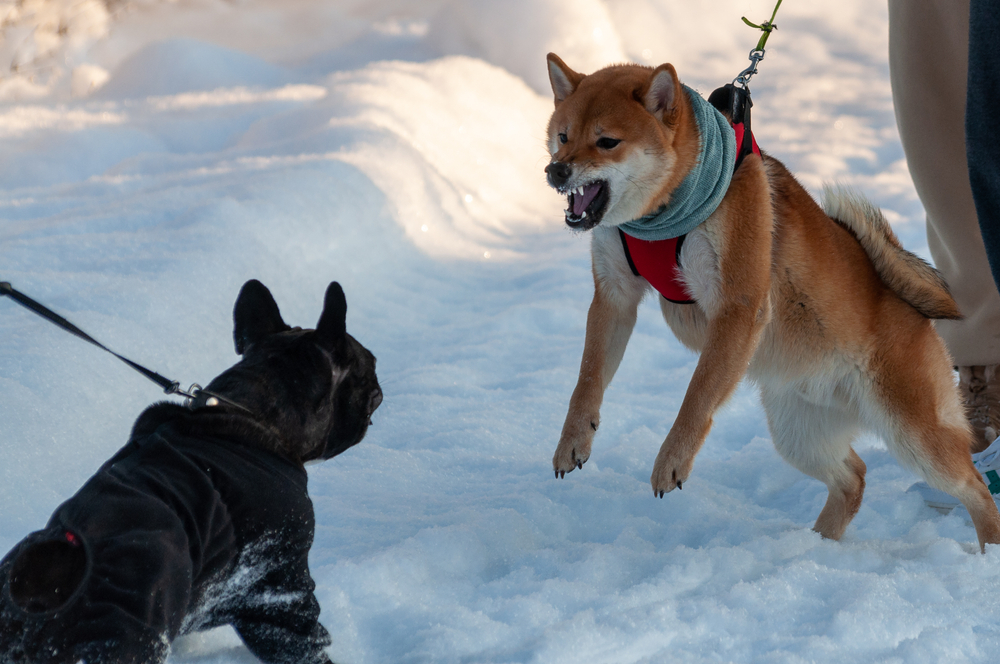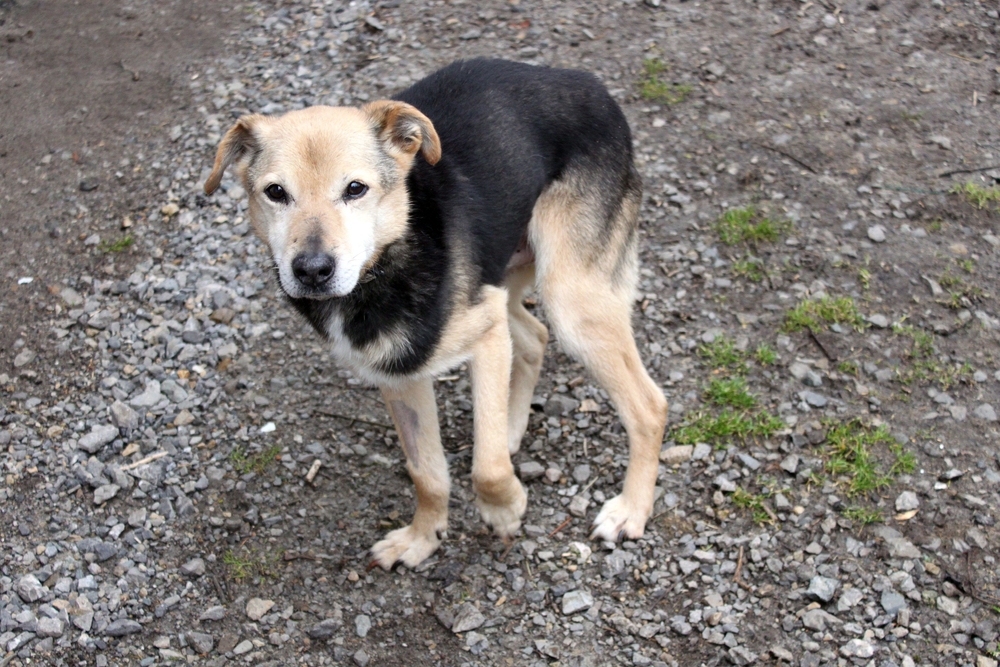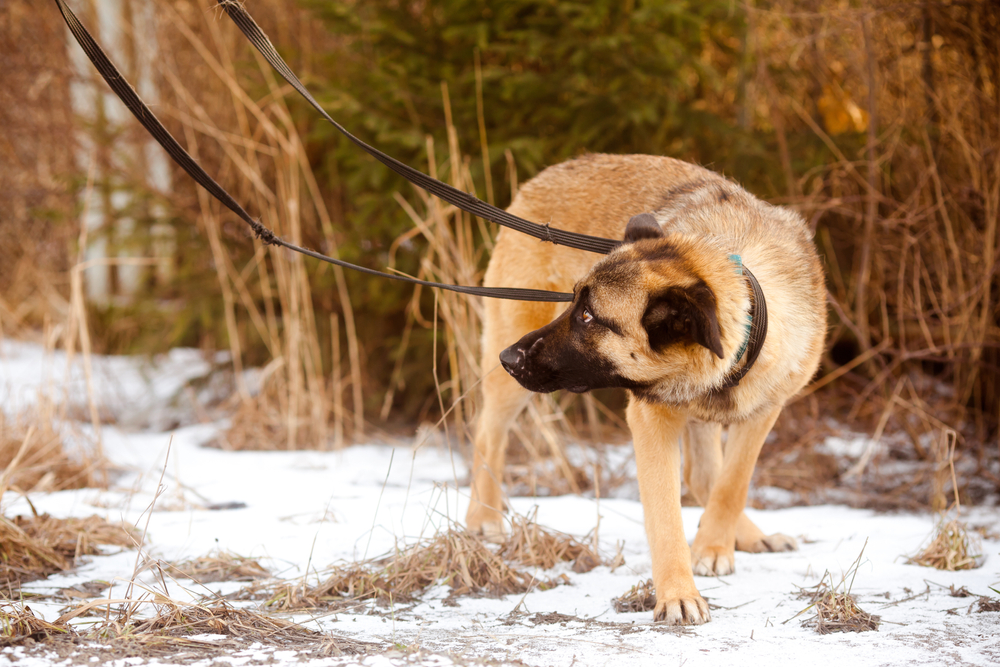Being scared is an evolutionary response in both humans and animals, designed to protect us in life-or-death situations. When it comes to fear in canines, there are four main responses: flight, fight, fidget, and freeze. Understanding these responses can help dog owners better handle their pets' fears.
What Is a Fear Response?
A fear response in dogs occurs when they see something that frightens them, known as a trigger. Triggers can be various things like other animals, people, loud noises, certain sights, or scents. Common triggers for dogs include unfamiliar people wearing hats, loud noises such as fireworks or thunder, objects blowing in the wind, and strange dogs.
The Four Fear Responses in Dogs
1. Flight

"Flight" in dogs is similar to the "fight or flight" concept. If a dog is scared, it may try to remove itself from the situation. Signs of a dog in flight mode include large eyes, pinned-back ears, a tucked tail, and a low body posture. If your dog is fleeing from something scary, let them. Forcing interaction will only make them more fearful. Instead, use desensitization and counterconditioning to help them become more confident.
2. Fight

The "fight" fear response is the other part of "fight or flight." It's often a last resort for dogs. If they can't use the other three responses, they may fight. For example, if a dog fears tall men and can't avoid one while on a walk, it might growl, bark, or lunge. When dealing with a dog's fight response, don't use punishment. Stick to positive reinforcement.
3. Fidget

The "fidget" fear response occurs when a dog is trying to deal with anxiety. Behaviors include nervousness, restlessness, and displacement behaviors like whining, pacing, yawning, sniffing, paw lifting, pinned-back ears, lip licking, or excessive scratching. If your dog shows these signs, recognize their fear and respond patiently.
4. Freeze

The "freeze" fear response makes a dog freeze in the face of fear, hoping not to be seen. A dog may also freeze when unsure how to react or when trapped. Signs include pinned-back ears, tightened lips, lack of eye contact, body stiffness, or slower walking. If your dog is in freeze mode, don't force them to move. Remove the scary thing and provide comfort.
Combined Fear Responses
Dogs may combine or change their fear responses quickly. For example, a dog in fidget mode might switch to fight or flight. If a dog's fear response starts in a non-fight mode and signs are ignored, it may end up in fight mode. Removing the dog from the scary situation helps. Be cautious as a dog in fear might bite if not approached carefully.
Conclusion
Recognizing the four fear responses in dogs is crucial. Many people miss the signs of a dog's fear and force interaction, leading to more fear. By understanding these responses, you can help your dog stay calm and safe, and work on reducing their fears.
Featured Image Credit: Glikiri, Shutterstock

